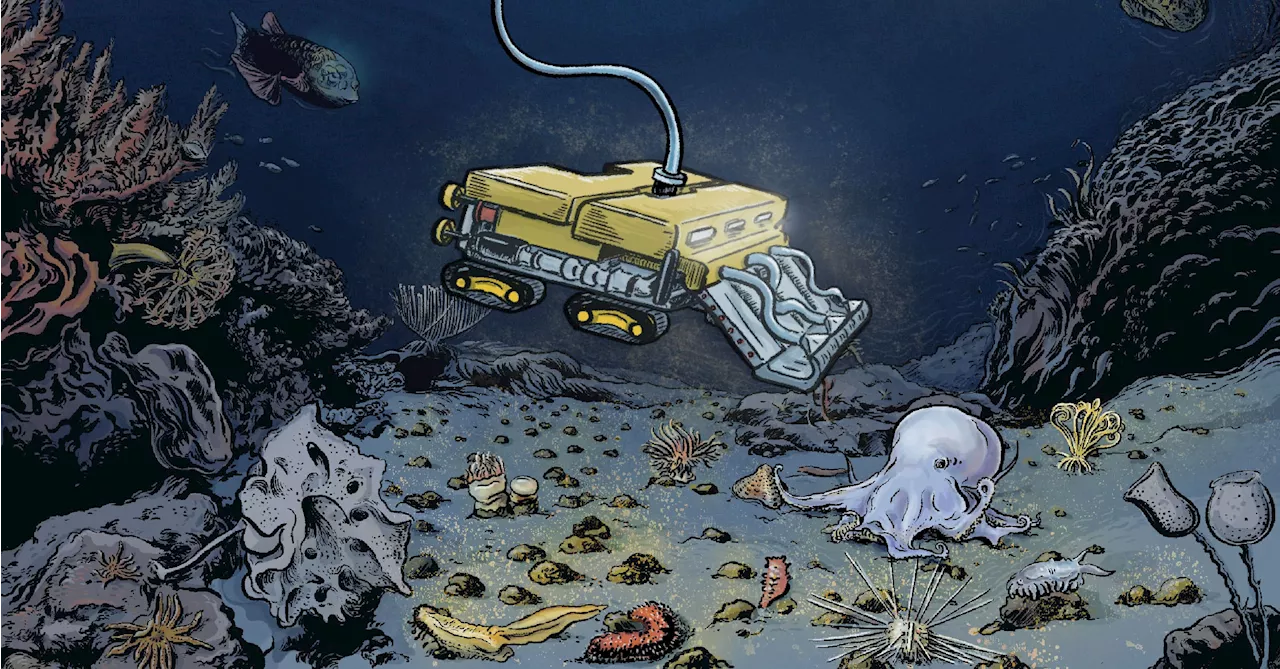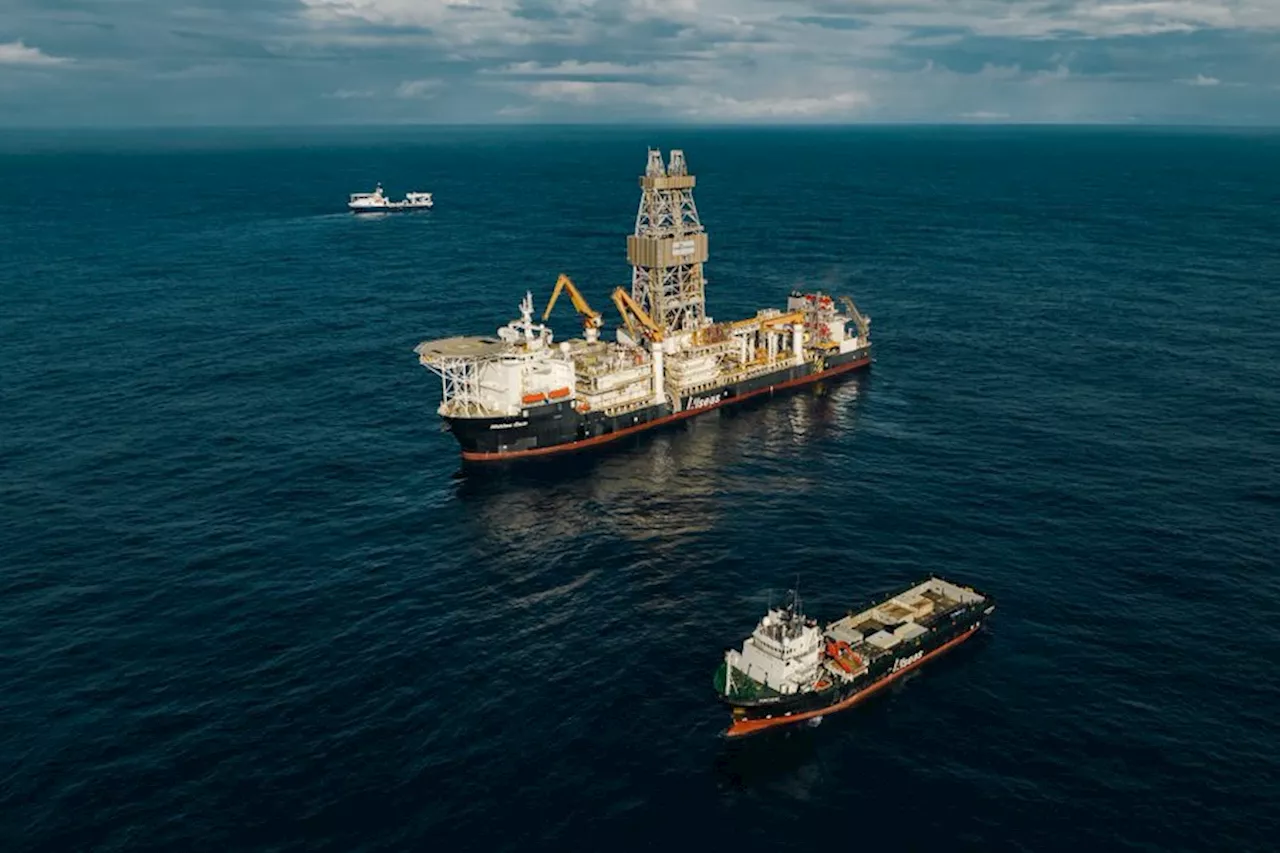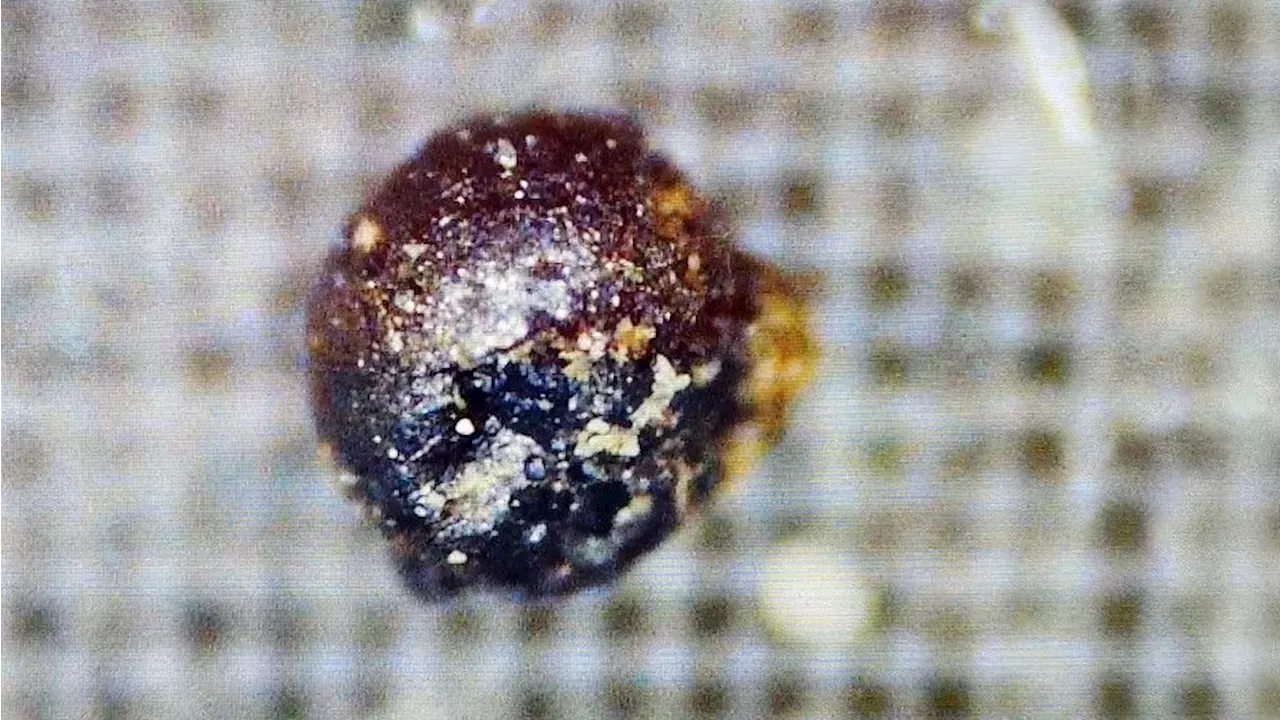Microscopic metallic spheres recovered from the Pacific Ocean are likely the result of manmade industrial pollution — rather than pieces of an interstellar meteor — according to several new studies.
Microscopic metallic spheres recovered from the Pacific Ocean are likely the result of manmade industrial pollution — rather than pieces of an interstellar meteor — according to several new studies. Last summer, Harvard astrophysicist and extraterrestrial hunter Avi Loeb declared that several tiny, metallic balls dredged up from the bottom of the ocean were likely remnants from an interstellar meteorite, and could even contain signatures of alien technology .
Now, independent analysis suggests the spheres have a much less distant origin: They are more likely a by-product from burning coal on Earth. Loeb and his colleagues found the micrometer-sized spherules during an expedition off the coast of Papua New Guinea in search of fragments of a meteor that streaked through the atmosphere in 2014. Based on the meteor's recorded speed, Loeb and his team said that it was likely interstellar in origin — and that it must have left debris in its wake. The dredged-up spheres, they suggested, are that debris, as their composition is different to that of most meteorite
Microscopic Metallic Spheres Pacific Ocean Industrial Pollution Interstellar Meteor Avi Loeb Alien Technology Burning Coal Earth Papua New Guinea Meteorite Debris
United States Latest News, United States Headlines
Similar News:You can also read news stories similar to this one that we have collected from other news sources.
 San Francisco to Host Asia-Pacific Economic Cooperation SummitCity officials are preparing to host the Asia-Pacific Economic Cooperation summit in San Francisco, which will be the city's largest gathering of heads of state in nearly 80 years. President Joe Biden and Chinese President Xi Jinping will have a rare face-to-face meeting during the summit.
San Francisco to Host Asia-Pacific Economic Cooperation SummitCity officials are preparing to host the Asia-Pacific Economic Cooperation summit in San Francisco, which will be the city's largest gathering of heads of state in nearly 80 years. President Joe Biden and Chinese President Xi Jinping will have a rare face-to-face meeting during the summit.
Read more »
 Exploring Ocean Floor for Metals to Meet Global Energy Transition TargetsAn illustration of a robot descending to the ocean floor from a support vessel. The robot is surrounded by polymetallic nodules containing metals used in electric vehicle batteries and other electronic devices. The world will need to use twice the amount of these metals by 2040 to meet global energy transition targets.
Exploring Ocean Floor for Metals to Meet Global Energy Transition TargetsAn illustration of a robot descending to the ocean floor from a support vessel. The robot is surrounded by polymetallic nodules containing metals used in electric vehicle batteries and other electronic devices. The world will need to use twice the amount of these metals by 2040 to meet global energy transition targets.
Read more »
 International Seabed Authority Works on Regulations for Deep-Sea MiningThe International Seabed Authority is working to set regulations for deep-sea mining as companies engaged in the clean energy transition clamor for more minerals. The most-prominent of the three proposed types of deep-sea mining involves using a giant robot that is sent down to the ocean floor from a support vessel. Many scientists say it’s unclear whether and to what extent removing these nodules could damage the ocean’s ecosystem.
International Seabed Authority Works on Regulations for Deep-Sea MiningThe International Seabed Authority is working to set regulations for deep-sea mining as companies engaged in the clean energy transition clamor for more minerals. The most-prominent of the three proposed types of deep-sea mining involves using a giant robot that is sent down to the ocean floor from a support vessel. Many scientists say it’s unclear whether and to what extent removing these nodules could damage the ocean’s ecosystem.
Read more »
 Xi Jinping and Biden to Hold Virtual Meeting to Improve U.S.-Chinese CommunicationChinese President Xi Jinping and U.S. President Joe Biden plan to stabilize U.S.-Chinese relations and establish normal communication. They aim to ensure crisis management and military contact between the two countries. The U.S. also wants to demonstrate its commitment to the Asia-Pacific region during the summit of Asia-Pacific leaders.
Xi Jinping and Biden to Hold Virtual Meeting to Improve U.S.-Chinese CommunicationChinese President Xi Jinping and U.S. President Joe Biden plan to stabilize U.S.-Chinese relations and establish normal communication. They aim to ensure crisis management and military contact between the two countries. The U.S. also wants to demonstrate its commitment to the Asia-Pacific region during the summit of Asia-Pacific leaders.
Read more »
